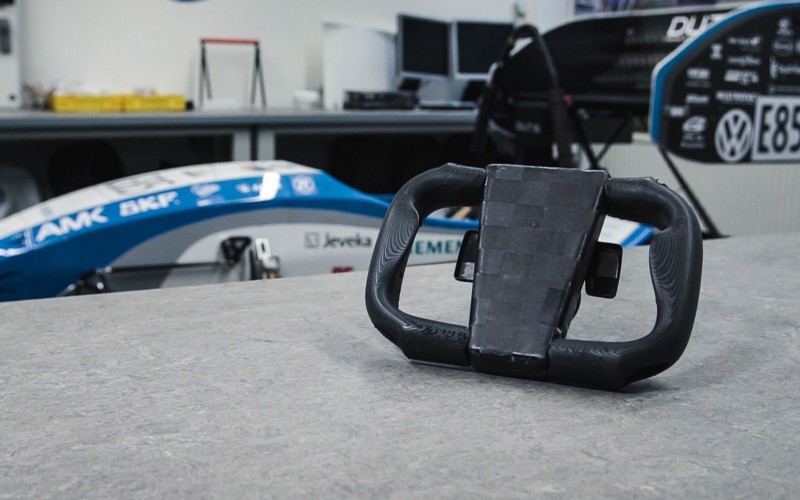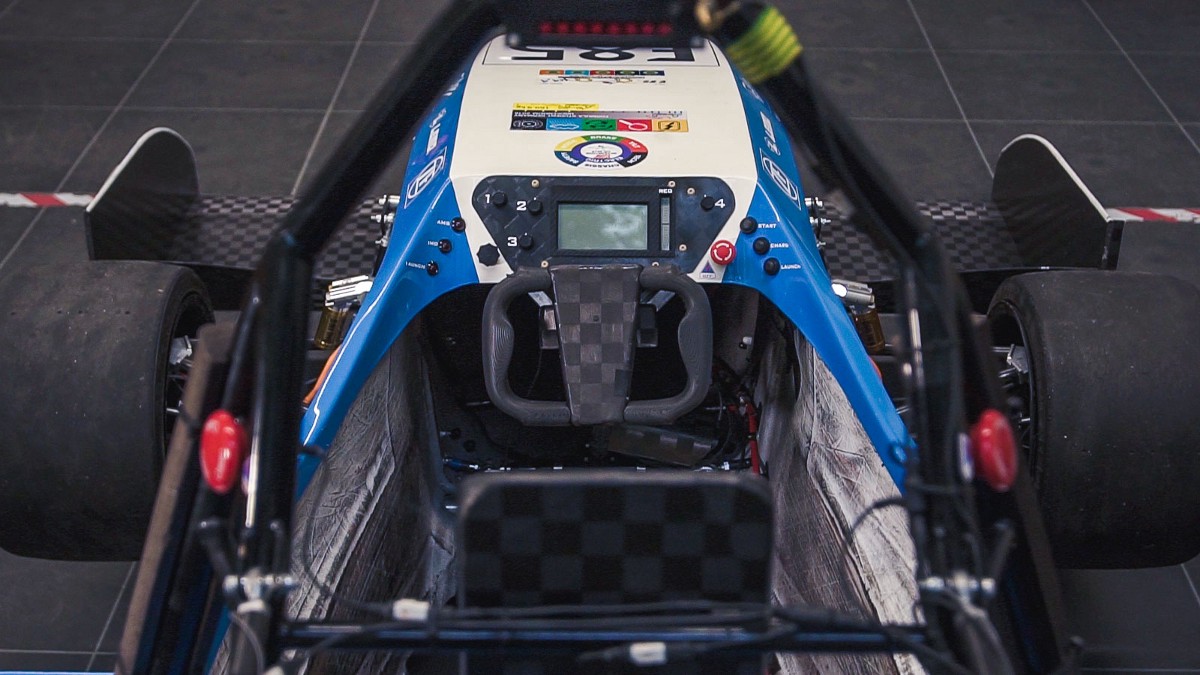In order to give students the real experience of engineering, 3D printing is in use in the Formula Student racing competition. The challenge is to create a car and race it against other student made designs. The annual competition concludes at Silverstone in July which means teams only have nine months to develop a car capable of topping the podium. However, developing a race car in just nine months means teams have to be quick and some teams are ditching traditional manufacture techniques for faster alternatives like 3D printing. Dutch University TU Delft is one such team that are embracing the technology.

3D Printing
Having won the most prestigious class 1 race in two of the last three years, Delft are considered one of the most successful teams in the competition. This, arguably, being down to their innovative use of 3D printing. In their 2016 design Team Delft used 3D printing to create the steering wheel and the titanium wheel bracket.

Making a steering wheel to win
The steering wheel was created using Fused Deposition Modelling. Due to the many different drivers that would be driving the car in the different classes of races Delft turned to FDM to make a steering wheel that suited all. Team Delft needed a manufacturing process that would allow them to produce a number of different designs in a short space of time. Furthermore they also desired the ability to reiterate their design and reproduce it which 3D printing is perfect for. The students used the 3D Hubs Student Program to realize their designs and a core aim of this project is to involve more students in 3D printing.

3D printing the wheel bracket
Delft used Direct Metal Laser Sintering (DMLS) to 3D print the titanium bracket. The bracket connects the steering rod of the inner wheel to the front of the car. 3D printing was used because the requirements geometrically were very complex. This meant that few other manufacturing techniques were suitable.

Concluding
Although the team at Delft didn’t 3D print the whole frame, like Divergent managed with their supercar, they have highlighted the benefits of 3D printing in engineering. Time efficiency and ease of design being two of the main benefits of 3D printing. Expect other Formula Student racing teams to follow suit in this coming year’s competition.
Featured image of Formula Student Team Delft. Image via Team Delft.


